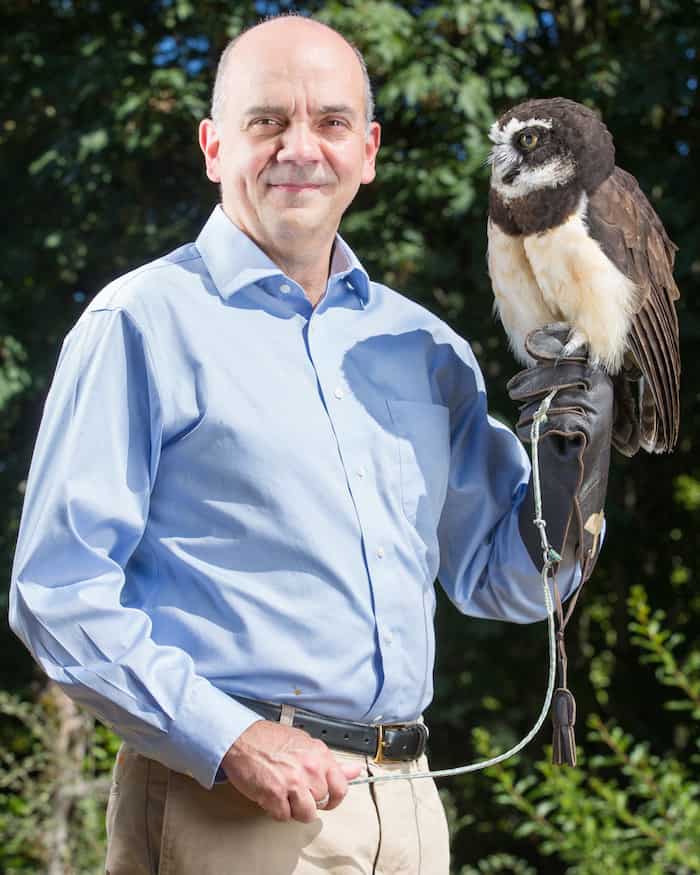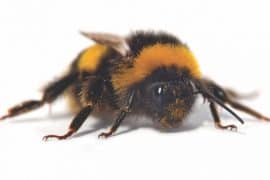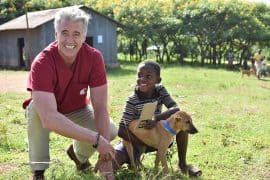Meet Alejandro Grajal, Woodland Park Zoo’s new president and CEO
written by Kevin Max
In May, Alejandro Grajal celebrated his second year as CEO of Seattle’s Woodland Zoo. In 2016, Grajal, a native of Venezuela, became only the eighth CEO in Woodland Park Zoo’s 119-year history. Grajal spent a long career at the nexus of zoology and conservation—from the senior management at the Brookfield Zoo in Chicago to executive director of Latin American and Caribbean Programs at the National Audubon Society. We caught up with him at his two-year anniversary at the zoo and as it prepares to open the new Assam Rhino Reserve.
Two years in at Woodland Park Zoo, can you point to some early success you’ve had?
We have adopted an ambitious strategic plan that charts the future of Woodland Park Zoo. Our plan represents our ambition to rethink and redefine Woodland Park Zoo’s role and the role of all zoos for the twenty-first century. Major successes include increased understanding of the role of animals in creating empathy for nature, how people feel emotions for animals and how this drives attitudes toward caring for the environment. We continue to expand Woodland Park Zoo as a place of refuge in the center of Sea le that draws 1.35 million visitors to the zoo annually, and partner with 600+ human service organizations across Puget Sound to offer hundreds of thousands of complimentary passes to Woodland Park Zoo through our Community Access Program.
Tell me about the change in the zoo’s mission.
Our new mission is an affirmation of the role of the progressive modern zoo. Our mission squarely tackles the biggest ethical question of our time: Will we as human beings be able to live on this planet sustainably with all of its creatures?
How can a zoo be an agent of social change?
We are nothing short of a giant megaphone for animals that otherwise have no voice, but that speak to our hearts and are asking for our help. Today, the world is calling on modern zoos to transform the relationship between people, our planet and all its creatures—to be catalysts for positive social change. That’s a tall order, but we are undaunted as we move forward in uniting all our choices and all our voices to help save animals on our planet.
Tell us why the Assam Rhino Reserve is important.
First, we believe that illegal wildlife trade and smuggling of animals and animal parts is one of the largest global conservation problems. Rhinos are iconic symbols of the wildlife trafficking crisis. It’s critical we highlight this issue for our guests by having these incredibly charismatic giants, the magnificent one-horned rhino. Every time guests visit Woodland Park Zoo, they help us save rhinos in the wild. The Assam Rhino Reserve highlights that Washingtonians have raised their voices on the illegal wildlife trade when they passed the nation’s first citizen initiative to ban statewide wildlife trafficking.
What are other changes in wildlife conservation you working on?
We are making a strong emphasis in the Cascade Mountains and the Puget Sound region because we believe in supporting our local home ecosystem. We need to make sure our communities learn that coexisting with wildlife is possible in our own region and ecosystems around the world. Over the next couple of years, we’ll be reinterpreting our award-winning Northern Trail exhibit to discuss the Pacific Northwest and its charismatic animals and plants to engage people in becoming agents of change in our own region.







